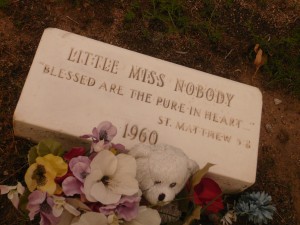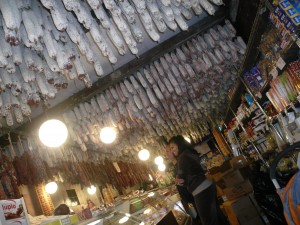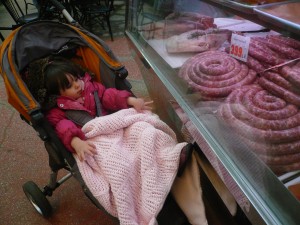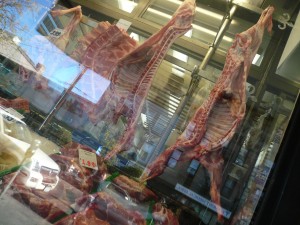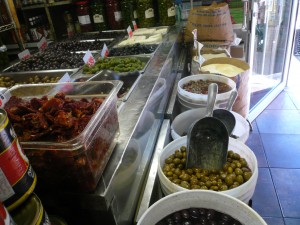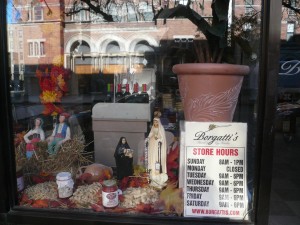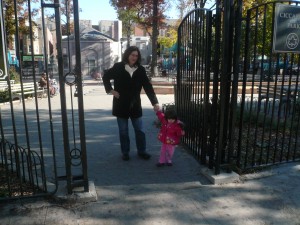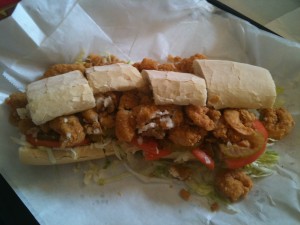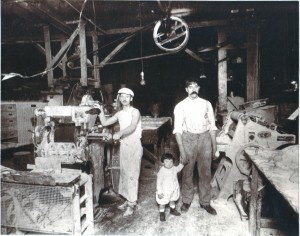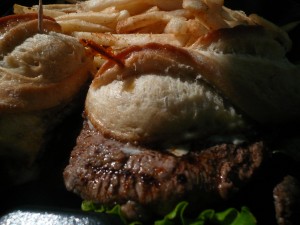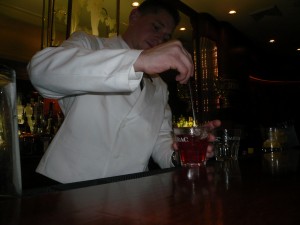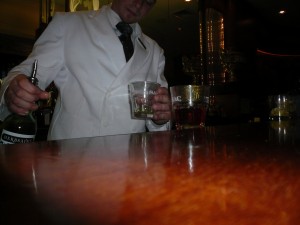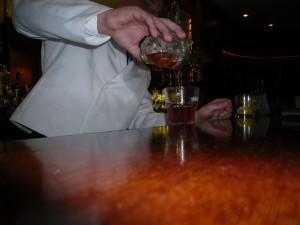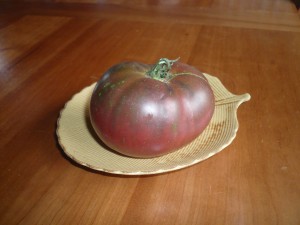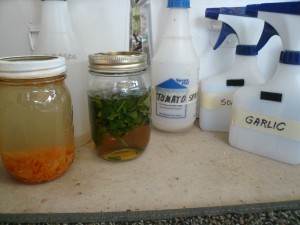Kaimuki
My aunt and uncle had three dogs, all Wire-haired Terriers, all named Kaimuki.
We moved to Arizona when I was just a kid but returned to my birthplace almost every year. I think my parents were homesick. All of their siblings and my mother’s father still lived there. I don’t remember taking any vacations that weren’t New Orleans. My sisters and I would often be left there for a good chunk of the summers, where we would stay with one or the other of two childless sets of aunt and uncle. Both sets lavished their love on children of another sort. Dogs. For the record, one set took pleasure in training theirs, the other did not. The Kaimukis lacked all the poise, grace, and good manners demanded of their ‘cousins’ (a Boxer named Monk, a German Shepherd called Pepper, and Tio, the Chihuahua).
I should mention that there was never more than one Kaimuki at a time—a new Kaimuki replaced the old Kaimuki, and so on. It wasn’t until many summers later in life that I realized I wasn’t necessarily ever visiting the same one. To my untrained eye, they were identical, both in looks and temperment. The Kaimukis could jump four feet off the ground, had painfully hoarse barking voices, and a heart condition that required daily medication. An open door, even the tiniest crack, invited an opportunity for a much anticipated escape. And every summer we were assured several episodes of roaming the backyards of Lake Vista, with leash in hand, begging Kaimuki to come home. He never would for us, but somehow miraculously ended up back at the house when we returned, my uncle evidently possessing a knack for capturing him that we didn’t. I think it had something to do with his little red Karmann Ghia and a handful of doggie treats. We’d get a harsh reminder that the door must never be opened—even a crack.
“Ya come?” My uncle always said, ‘ya come’ when he meant ‘you follow.’
Uncle Jimmy died young, back in the seventies. I remember the way he smelled of pipe tobacco and Chianti.
On a recent trip to New Orleans, I interviewed Aunt Lee, my godmother, who is in her 100th year. I was named for my godparents, Jimmy and Lee—ya come? Aunt Lee claims those years with Jimmy were her happiest. When asked how they came up with the name for their three dogs, she said Jimmy worked in Honolulu for several months before they were married, and he lived in the neighborhood of Kaimuki.
I checked it out. She’s sharp for her ninety-nine years. It turns out Kaimuki (pronounced Ka•imu•kee) is famous—the place, not the dog. Although its first resident was the ostrich, it’s most well-known is the ukelele-playing, Israel KamakawiwoÊ»ole, also known as IZ.
In honor of Jimmy, Lee and the Kaimukis (sounds like a good name for a band), I’ll leave you with this … oops, I thought I could insert a music file there. Alas, I’ll have to query my favorite webmaster.
Tagged IZ, Kaimuki, New Orleans, Wire-haired Terrier



